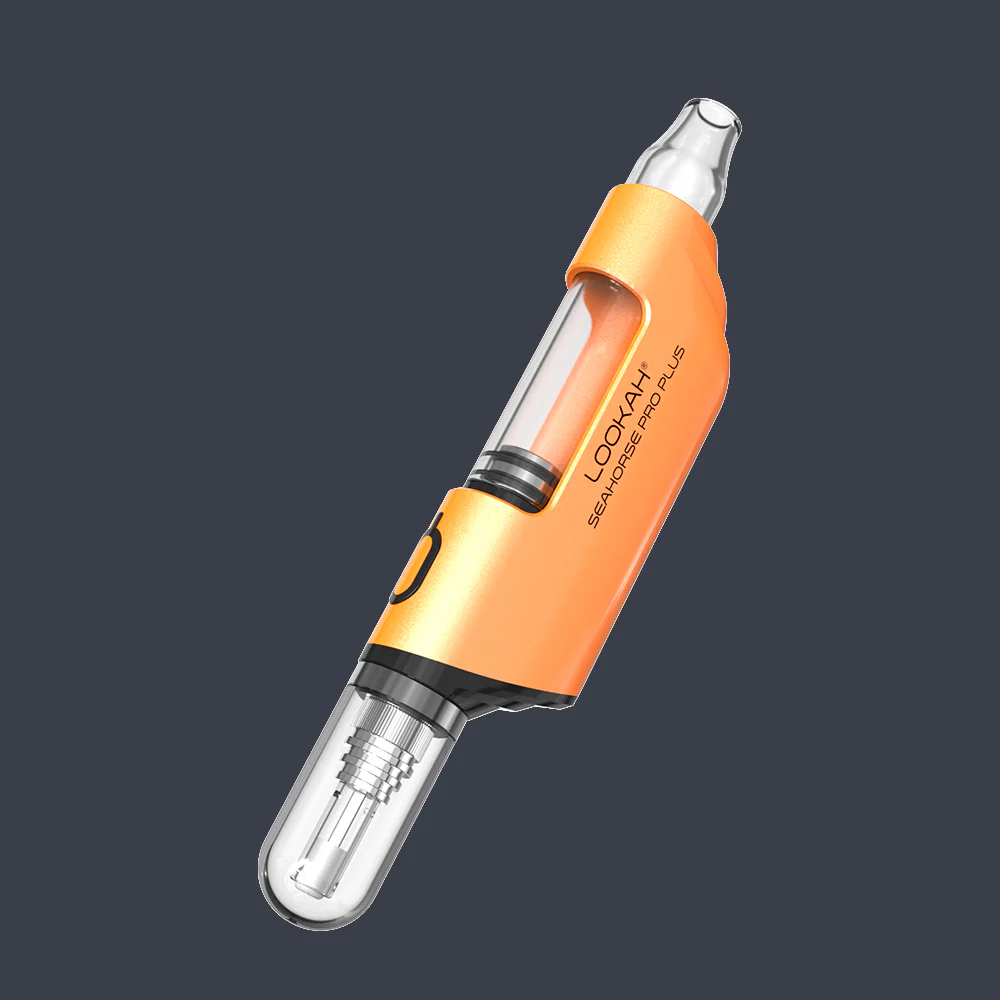Understanding the NVQ Level 6 Diploma in Occupational Health and Safety
What is the NVQ Level 6 Diploma?
The NVQ Level 6 Diploma in Occupational Health and Safety is a comprehensive qualification that aims to equip professionals with the skills and knowledge necessary to manage health and safety in their workplaces. This qualification is tailored for individuals responsible for developing and implementing health and safety procedures, ensuring compliance with legislation, and promoting a culture of safety within organizations. Typically, the NVQ Level 6 Diploma comprises 11 units, covering various aspects of occupational health and safety, such as risk management, health and safety policies, organizational behavior, and emergency planning.
Key Benefits of Obtaining the Diploma
Achieving the NVQ Level 6 Diploma is beneficial for both professional and personal development. Some key advantages include:
- Enhanced Knowledge and Skills: The diploma provides in-depth knowledge of health and safety legislation, risk assessment, and management strategies essential for maintaining workplace safety.
- Career Advancement: Graduates often find themselves better positioned for promotions and higher responsibilities within their organizations.
- Credibility and Recognition: Holding this qualification enhances professional credibility in the field, opening doors for new opportunities.
- Networking Opportunities: The diploma allows students to connect with other professionals, expanding their professional network and knowledge base.
Curriculum Overview and Learning Outcomes
The NVQ Level 6 Diploma curriculum is comprehensive and centers on real-world applications of health and safety principles. Students explore various subjects, including:
- Health and Safety Legislation
- Risk Assessment and Management
- Health and Safety Policy Development
- Accident Investigation Techniques
- Emergency Planning and Response
Upon completion, graduates can confidently apply health and safety practices to mitigate risks, create effective policies, and foster a culture of safety in their organizations.
Examples of Practical Assignments in NVQ Level 6
Case Studies in Workplace Safety Implementation
One of the most valuable aspects of the NVQ Level 6 Diploma is its emphasis on practical assignments that mimic real-world scenarios. For instance, a common case study involves a hypothetical manufacturing plant facing a series of safety compliance issues. Students are required to conduct a thorough risk assessment, identify hazards, and propose actionable solutions to enhance the safety protocols within the plant. This assignment teaches students how to practically apply their learning to improve workplace safety.
Sample Project Reports and Titles
Project reports serve as vital components of the NVQ assessment process. Examples of project titles might include:
- “Developing an Effective Health and Safety Policy for a Mid-Sized Construction Firm”
- “Implementing a Health and Safety Training Program: Impact on Workplace Culture”
- “Assessing Risk Management Strategies in the Hospitality Industry: A Case Study”
Through these projects, learners develop critical thinking skills, enhance their research capabilities, and gain insights into the complexities of implementing health and safety measures.
Real-Life Applications in Safety Management
NVQ Level 6 students often find themselves engaged in real-life applications of their studies. For example, students might work alongside safety managers to evaluate current safety protocols and suggest improvements based on their research. Realistic scenarios include simulating emergency drills, conducting safety audits, or analyzing near-miss incident reports to identify trends and underlying causes. Such practical experience is invaluable, bridging the gap between theory and practice.
Preparing for Your Assessments
Essential Study Tips and Strategies
Preparing for NVQ Level 6 assessments requires a structured approach. Here are some essential strategies:
- Time Management: Allocate specific times for study and stick to a routine. Break down the material into manageable sections.
- Active Learning: Engage actively with the material through discussions, study groups, or teaching peers.
- Utilize Resources: Make good use of study guides, online courses, and related literature for comprehensive understanding.
Resources for NVQ Level 6 Diploma Students
Students can enhance their learning experience by utilizing various resources such as:
- nvq level 6 diploma in occupational health and safety examples that provide insight into common tasks and projects.
- Online forums and support groups where current students and alumni share experiences and tips.
- Webinars and workshops conducted by health and safety professionals to deepen understanding.
Mock Tests and Sample Questions
Mock tests are crucial for assessing one’s readiness for the actual assessments. Students can find sample questions covering all units of the NVQ Level 6 Diploma. Practicing these questions helps identify areas of strength and weaknesses, allowing for targeted study leading up to the final assessments.
Career Opportunities Post-Diploma Completion
Job Roles and Responsibilities for Graduates
Graduates of the NVQ Level 6 Diploma can pursue various roles, including but not limited to:
- Health and Safety Manager: Overseeing the health and safety programs of an organization, ensuring compliance with regulations.
- Risk Manager: Identifying and mitigating risks across various business operations.
- Compliance Officer: Monitoring workplace practices to ensure adherence to health and safety laws.
Salary Expectations and Market Demand
According to current industry data, individuals holding an NVQ Level 6 Diploma in Occupational Health and Safety can expect competitive salaries. The average salary for health and safety managers in the UK is around £40,000 to £60,000 annually, depending on experience, geographical location, and industry. Demand for these professionals is expected to grow, particularly as organizations increasingly prioritize workplace safety and compliance.
Networking Opportunities in Health and Safety
Networking is a vital part of career development in health and safety. Engaging in professional organizations, attending industry conferences, and participating in online health and safety forums can all enhance one’s professional network. These connections can provide job leads, mentorship opportunities, and insights into industry trends.
Staying Updated on Health and Safety Regulations
Current Trends in Occupational Health and Safety
The field of occupational health and safety is ever-evolving, influenced by legislative changes, technological advancements, and societal expectations. Current trends include a greater focus on mental health in the workplace, the integration of technology in risk assessment (such as AI and big data), and the emphasis on creating a safety culture over compliance-driven policies.
Importance of Continuous Professional Development
Continuous professional development (CPD) is essential for health and safety practitioners to stay abreast of legislative changes and best practices. Engaging in lifelong learning through workshops, seminars, and additional qualifications ensures professionals are equipped to manage the complexities of today’s workplace challenges.
Online Courses and Workshops to Enhance Skills
Numerous online platforms offer courses specifically designed to supplement the knowledge gained through the NVQ Level 6 Diploma. Courses on specific health and safety topics, updated regulations, or even interdisciplinary training (such as soft skills for effective communication) can significantly enhance one’s expertise.














Leave a Reply